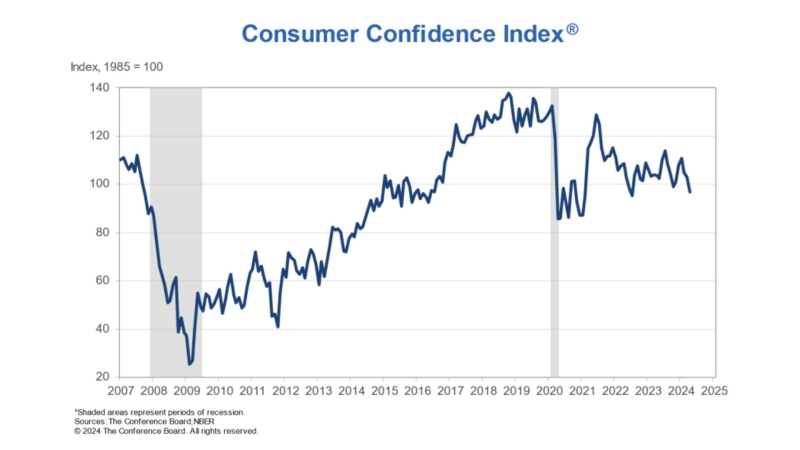Advertisement
Housing Starts Down 9.9 Percent in June

The U.S. Department of Housing and Urban Development (HUD) and the U.S. Census Bureau announced the following new residential construction statistics for June 2013. Privately-owned housing units authorized by building permits in June were at a seasonally adjusted annual rate of 911,000. This is 7.5 percent (±1.0 percent) below the revised May rate of 985,000, but is 16.1 percent (±1.7 percent) above the June 2012 estimate of 785,000. Single-family authorizations in June were at a rate of 624,000; this is 0.6 percent (±1.2 percent) above the revised May figure of 620,000. Authorizations of units in buildings with five units or more were at a rate of 261,000 in June.
Privately-owned housing starts in June were at a seasonally adjusted annual rate of 836,000. This is 9.9 percent (±11.4 percent) below the revised May estimate of 928,000, but is 10.4 percent (±14.9%) above the June 2012 rate of 757,000. Single-family housing starts in June were at a rate of 591,000; this is 0.8 percent (±11.0 percent) below the revised May figure of 596,000. The June rate for units in buildings with five units or more was 236,000.
"While demand for new homes and apartments has grown considerably over the past year, builders are still being very careful not to get ahead of the market, and today's report reflects that cautious approach," said Rick Judson, Chairman of the National Association of Home Builders (NAHB) and a home builder from Charlotte, N.C.
Privately-owned housing completions in June were at a seasonally adjusted annual rate of 755,000. This is 6.3 percent (±14.1 percent) above the revised May estimate of 710,000 and is 20.2 percent (±12.3 percent) above the June 2012 rate of 628,000. Single-family housing completions in June were at a rate of 554,000; this is 1.1 percent (±13.6 percent) below the revised May rate of 560,000. The June rate for units in buildings with five units or more was 188,000.
“Conflicting with industry forecasts, housing starts fell nearly 10 percent in June from the previous month," said Quicken Loans Chief Economist Bob Walters. "Despite an increase in the builder sentiment index yesterday, new construction is leveling off. Rising rates have dampened some demand, although the market will grow at a healthy pace in the coming months.”
In interpreting changes in the statistics in this release, note that month-to-month changes in seasonally adjusted statistics often show movements which may be irregular. It may take two months to establish an underlying trend for building permit authorizations, four months for total starts, and six months for total completions. The statistics in this release are estimated from sample surveys and are subject to sampling variability as well as non-sampling error including bias and variance from response, non-reporting, and undercoverage. Estimated relative standard errors of the most recent data are shown in the tables. Whenever a statement such as “2.5 percent (3.2 percent) above” appears in the text, this indicates the range (-0.7 to +5.7 percent) in which the actual percent change is likely to have occurred.
Regionally, permit issuance was down 4.6 percent in the Midwest, 11.2 percent in the South and 7.2 percent in the West, but rose 5.9 percent in the Northeast in June.
"The large dip in multifamily production in June follows a boost of activity in May, and is consistent with the volatility that has come to characterize that sector as well as the uneven pace of the housing recovery," ssaid NAHB Chief Economist David Crowe. "That said, the fact that single-family starts and permits both rose in three out of four regions in June is a positive sign that's in keeping with our forecast as well as recent surveys in which single-family builders have registered an increasingly positive outlook."
All ranges given for percent changes are 90-percent confidence intervals and account only for sampling variability. If a range does not contain zero, the change is statistically significant. If it does contain zero, the change is not statistically significant; that is, it is uncertain whether there was an increase or decrease. The same policies apply to the confidence intervals for percent changes shown in the tables. On average, the preliminary seasonally adjusted estimates of total building permits, housing starts and housing completions are revised about three percent or less. Explanations of confidence intervals and sampling variability can be found on our web site listed above.
About the author





